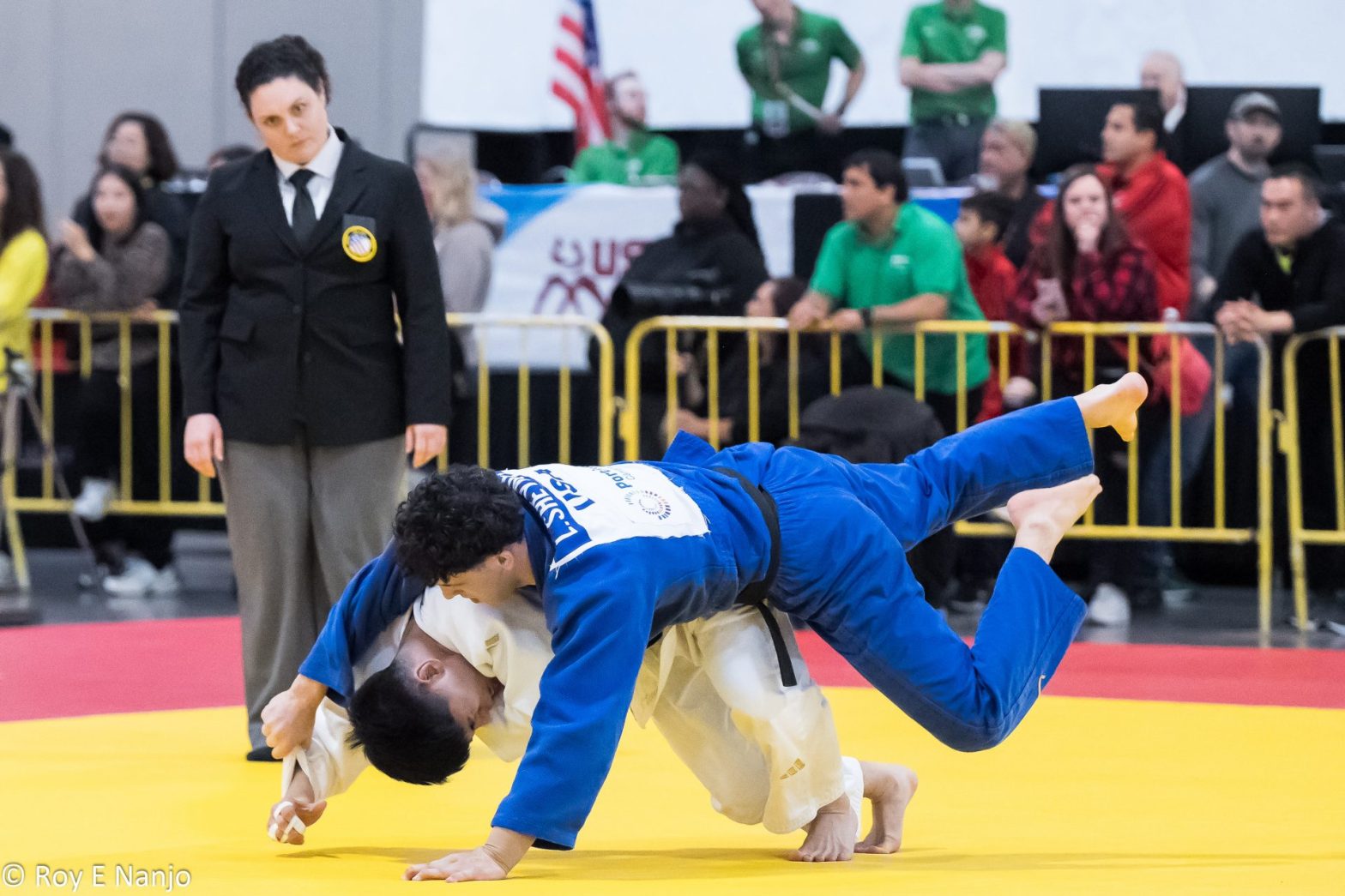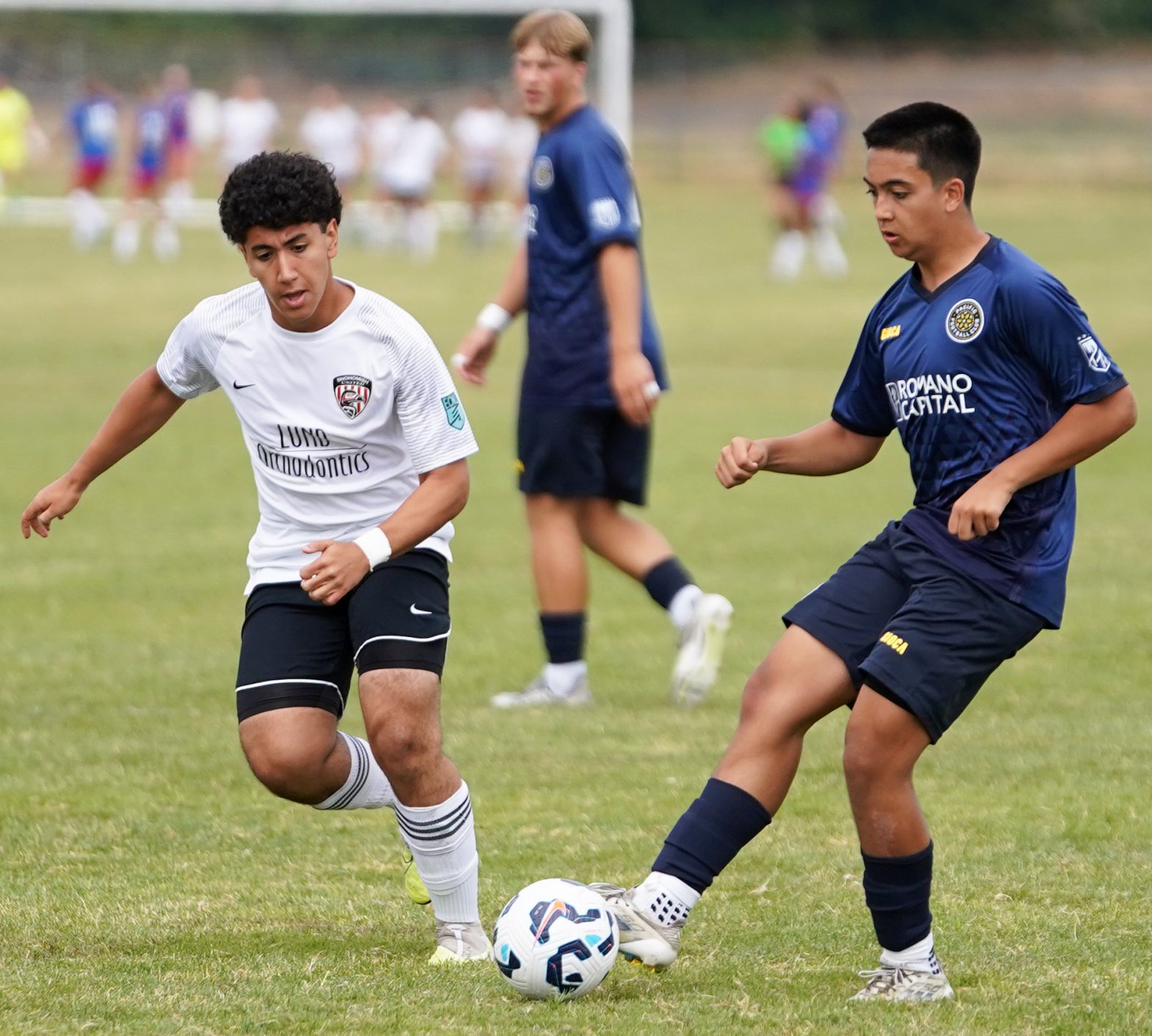
When the USA women’s lacrosse team defeated Canada last summer to capture the 2022 World Championship, it checked off several boxes.
Fourth straight title? Check!
First world championship won by a team on its home soil? Check!
Team USA’s eighth championship appearance over the last 10 World Cups? Check!
Large TV audience? Check!
More than 600,000 viewers watched as ESPN2 broadcasted the 11-8 U.S. women’s win, and this high visibility coverage has helped increase the popularity of women’s lacrosse in the United States, says Lindsey Atkinson, director of sports and women’s lacrosse rules liaison for the National Federation of State High School Associations (NFHS).
“Exposure has really grown participation,” she says. “Even in states that don’t have it as a sanctioned sport, there are club teams.”
Atkinson sees young women continuing to be drawn to the sport, which requires finesse and showcases speed and conditioning.
“It’s a fun sport to watch and get involved in,” she says.
It’s also an old activity, with a long, storied history. In fact, lacrosse has been played in North America since 1100 A.D., starting with the Algonquian tribe in what is now New York and parts
of Canada. It quickly spread to other tribes along the East Coast and around the Great Lakes.
Lacrosse has been described as “the fastest game on two feet.” After watching a game, it’s not hard to see why.
Players use the netted head of a lacrosse stick to carry, pass, catch, and shoot the ball into the goal. Unlike men’s lacrosse, women’s lacrosse is a non-contact sport, though stick-to-stick contact is allowed.
Games are high scoring, which makes for competitive, back-and-forth matches between teams.
The U.S. scored four goals in the first quarter of the 2022 World Championship, while the Canadian team chalked up two goals. This all took place within the first 15 minutes of play.
That level of play has led to a record number of girls playing the sport at the high school level, with an additional 10,000 added since 2015-16, according to the NFHS.
In 2021-22, there were 96,762 participants in girls’ lacrosse in 3,028 high schools nationwide, according to figures from the High School Athletics Participation Survey. Those numbers place lacrosse as the 10th most popular sport for high school girls, says Nate Perry, NFSH manager of media relations.
Perry says the sport was growing steadily before COVID-19, as the number of players increased from 88,050 in 2015-16 to 99,750 in 2018-19.
“We believe the reported participants for 2021-22 is an indicator that the sport is still bouncing back from the pandemic,” he says.

Both men’s and women’s lacrosse experienced a steady increase in participation rates over the past several years, but the pandemic did affect growth, says Brian Logue, USA Lacrosse’s senior director of communications.
About 1.9 million athletes participated in the sport in 2021, a slight increase from 2020, but down from pre-pandemic levels of 2.1 million in 2019, according to figures from the Sports and Fitness Industry Association.
“This mirrors the trends in our own membership numbers where the last couple of years have been about recovery from the pandemic versus the growth the sport has seen for the past few decades,” Logue says. “We anticipate our membership numbers in 2023 approaching 2019’s year-end total
of approximately 435,000 members.”
At the high school level, girls’ lacrosse is a state championship-sponsored sport in 23 states: California, Colorado, Connecticut, Delaware, Florida, Georgia, Illinois, Maine, Maryland, Massachusetts, Michigan, Minnesota, New Hampshire, New Jersey, New York, North Carolina, Ohio, Pennsylvania, Rhode Island, South Carolina, Utah, Vermont, and Virginia. Wisconsin is also in the process of adding lacrosse at the high school level.
Arkansas, Kentucky, and Missouri, along with Washington, D.C., also have schools competing in girls’ lacrosse, but don’t sponsor a state championship.
Perry says it appears girls’ lacrosse is most popular in the New England and Mid-Atlantic states, based on participation rates.

NFHS Section 1—comprised of Connecticut, Maine, Massachusetts, New Hampshire, New Jersey, New York, Rhode Island, and Vermont—is the only NFHS section to offer sanctioned girls’ lacrosse programs across the board.
Atkinson says while lacrosse has been popular in those East Coast states for some time already, exposure via ESPN and other networks is spreading the sport’s popularity westward.
At the college level, about 13,294 women competed in 2021-22, according to the NCAA’s Sports Sponsorship and Participation Rates database, including 4,082 at Division I level, 2,906 at the Division II level, and 6,306 at the Division III level.
The NCAA reported a growth hike of 57 percent from 2011-12 to 2021-22 at the Division I level alone.
From 2003 to 2018, the number of women’s lacrosse teams in the NCAA almost doubled from 265 to 505.
Youth participation is also up. According to a recent USA Lacrosse survey, there’s been a 43.1 percent growth in the number of girls playing the game.
High school girls’ lacrosse recently underwent a major rule change, going from stop/start play in which all play is started and stopped by a whistle to free-moving play, like college lacrosse. With free-movement play, athletes continue to move around the field instead of being required to hold their positions during a time-out or when the ball goes out of bounds. This makes for a faster pace, and better prepares high school athletes for competition in the NCAA.
“It showcases their abilities better,” Atkinson says. “College teams have been playing free movement for a while, so we are preparing high school players for the next level.”
As for opportunities to watch international competitions, the Women’s U20 World Championship is scheduled for Aug. 15-25 in Hong Kong, held by World Lacrosse, the IOC-recognized governing body for the sport. USA Lacrosse is now accepting applications for the 2024 U.S. Women’s U20 national team, with tryouts set for July.
Last year’s USA senior women’s world champion team hits the field again in November, preparing to once more go for gold in the 2026 Games









